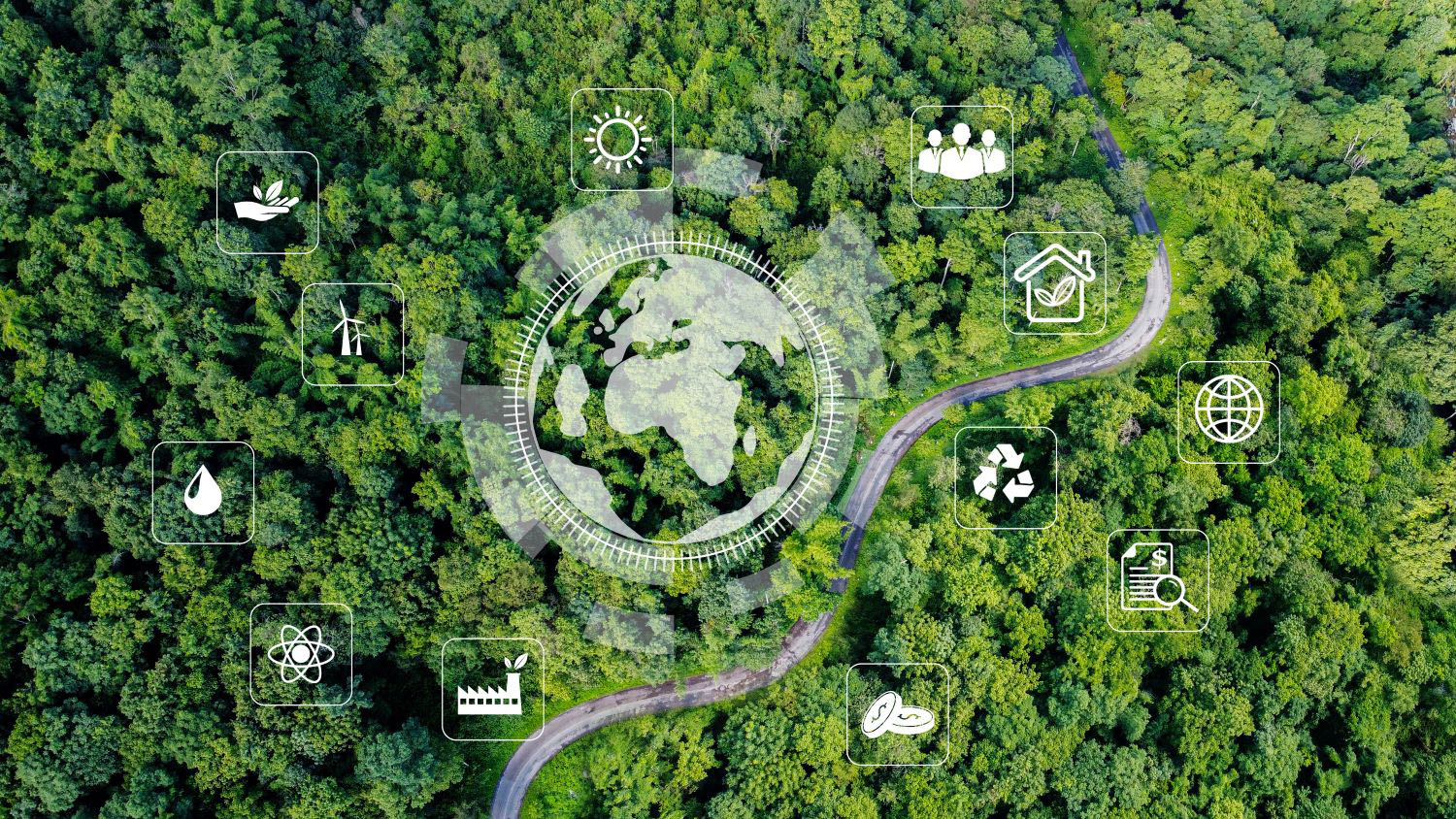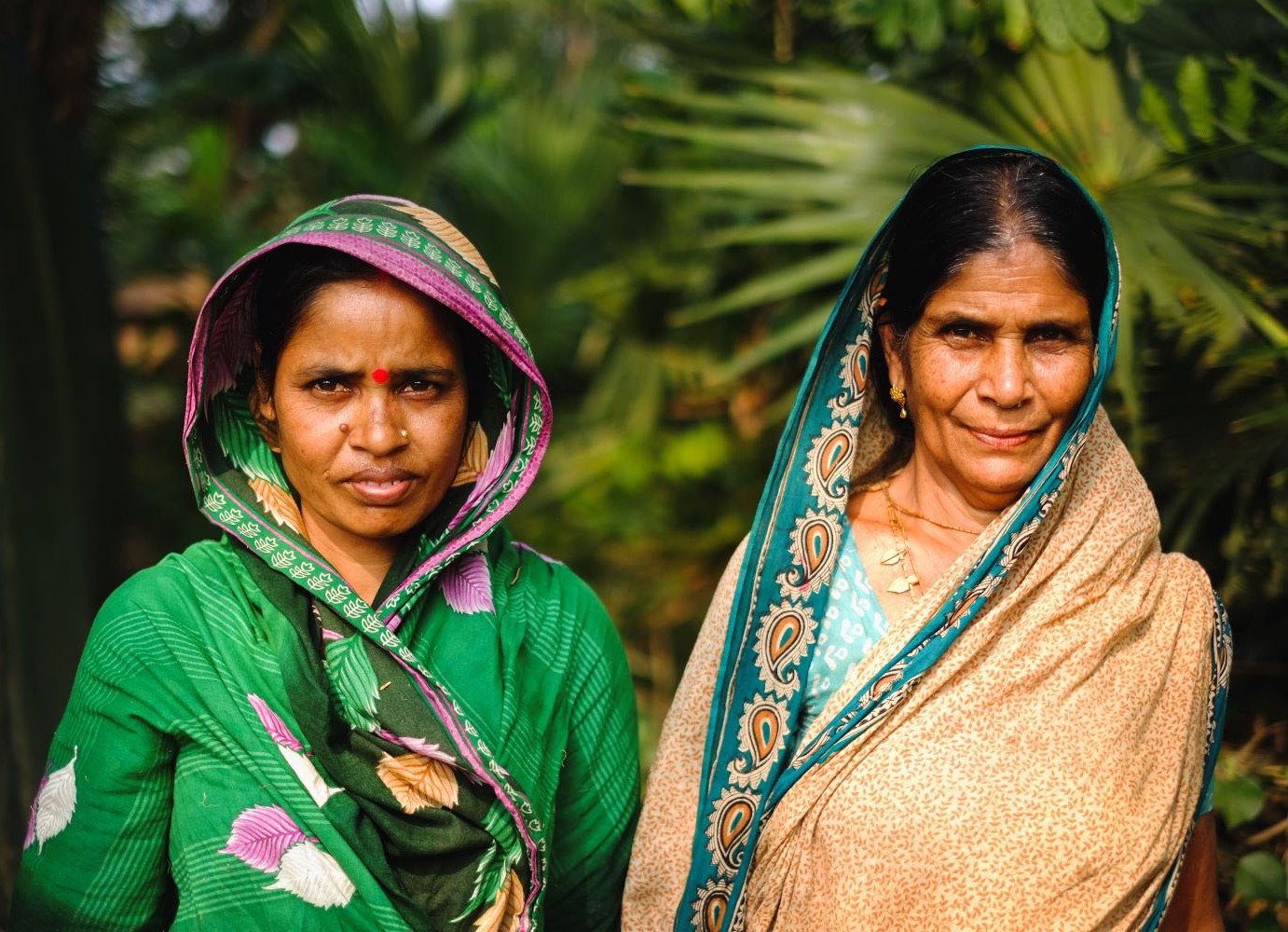As we look ahead to 2015 and the potential for a new round of MDGs, there’s a growing chorus of people arguing that, given how much the world has changed since 2000, the new set should look completely different from the last lot. The 2000 vintage was about rich and poor countries, focused on where donors would help recipients, based on the DAC Development Targets (which drew in turn from a range of UN Conferences). In a world with large emerging donor-recipients like China and India, where poverty levels are declining and where the urgency of dealing with global commons issues are mounting, surely whatever is agreed in 2015 should be ‘global’ rather than aimed at poor countries and focus more on public goods like climate.I’d agree with much of that. But at the same time, it is important not to over-emphasize how much the world has changed over the past decade. There are still a lot of poor recipient countries and the core set of rich country donors remains pretty much the same. One of the (less doubted) successes of the MDGs was acting as a rallying tool for aid and a focus for donor-recipient discussions, and there is still a role for a follow-up set to play in that area.Take the role of aid in developing countries. World Bank data suggests that net aid receipts as a percentage of Gross National Income (GNI) have hovered around 1% of GNI for low and middle income countries as a whole, and that share has declined since the early 1990s. But low-income countries still have average aid receipts worth 10 percent of GDP. And a little under one in ten of all recipients see aid flows worth more than 20 percent of their GDP. So aid is still a very important part of the picture for a lot of developing countries.Again, low income countries under the current definition are becoming an endangered species because of graduation to middle-income status. But most of the world’s poorest people, on $1.25 or less, now live in countries defined as middle income. Most of those countries are too poor to simply buy off the problem of poverty by taxing richer citizens to transfer wealth. And public goods provision in those countries is often weak –weaker even than in low-income countries in the case of vaccines. Achieving the arbitrary cutoff for middle income status doesn’t mean there is no role for aid in a country any more.Meanwhile, on the donor side, OECD data suggests total net ODA from major donor countries increased from about $40 billion in 1973 to around $80 billion in the mid-1990s and up to $127 billion in 2010. Not only is there is more money flowing to aid than ever before, a lot of it remains from the same old sources. Julie Walz and Vijaya Ramachandran conclude in their recent CGD working paper that ‘traditional’ DAC donors still account for between 70 and 90% of aid flows. That number isn’t so different from their share back in the 1970s and 1980s. (Between 1974 and 1994 Arab aid alone accounted for approximately 13.5% of the world’s ODA.)So it would still be valuable to have a compact that sets out broad areas where donors and recipients agree that aid has a role to play. Indeed, in terms of dollars involved, it matters much more than it did in the late 1990s. Preferably that compact’s first draft would involve considerably greater input from both new donors and, in particular, recipients than did the MDGs. And, surely, it should involve a greater focus on progress in quality of life for rich and poor alike as well as the preservation of global commons. Maybe there could be some pruning of aid-and-poverty-focused goals to make space for that. But don’t throw the child mortality out with the bathwater.Aid as a Percentage of Recipient GNI Percentage of Recipient Countries Reporting ODA/GNI > 10/20/40%
Percentage of Recipient Countries Reporting ODA/GNI > 10/20/40%
CGD blog posts reflect the views of the authors, drawing on prior research and experience in their areas of expertise.
CGD is a nonpartisan, independent organization and does not take institutional positions.


 Percentage of Recipient Countries Reporting ODA/GNI > 10/20/40%
Percentage of Recipient Countries Reporting ODA/GNI > 10/20/40%



